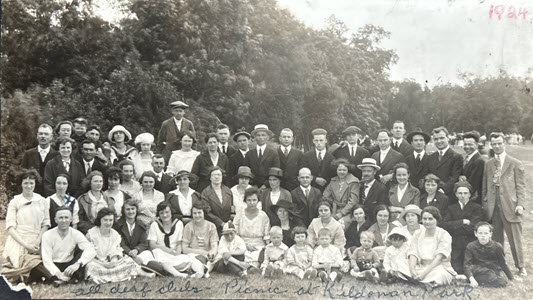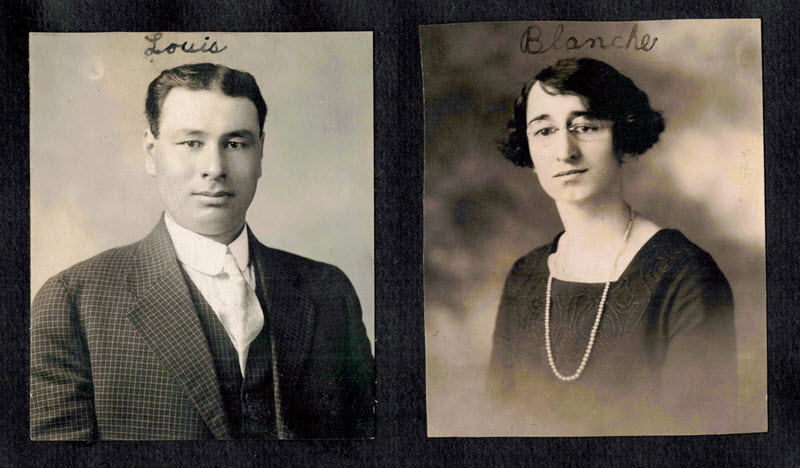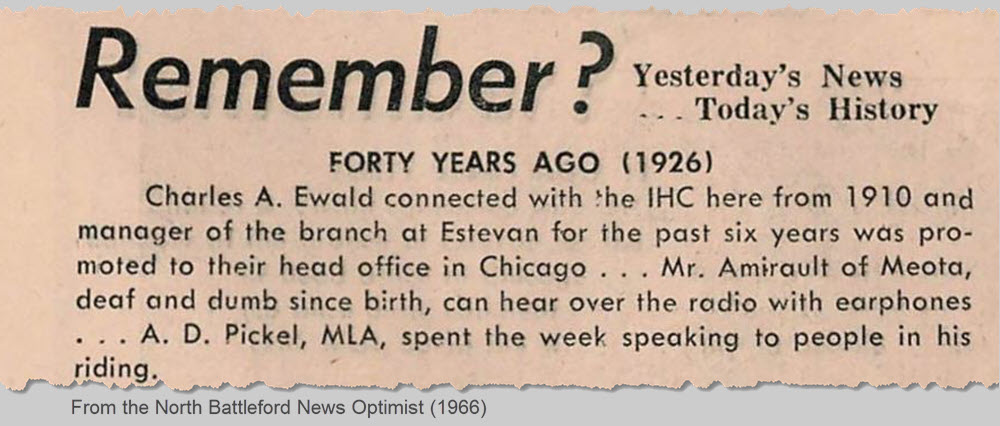
Métis Roots
VMAG Solutions is Métis owned and operated. My Métis heritage follows a familiar narrative — French men marrying Montagnais women in St. Boniface as early as 1801, and American-born Métis ancestors migrating to the newly formed province of Manitoba in 1870 — a path shared by many Métis families in the Prairie provinces.
In this familiar Métis narrative, the plot twists in 1890 with my Great Grandfather, Louis George. He lost his hearing due to illness at age three, and because he was so young he never learned to speak. His language wasn’t taken away by colonialism, it was taken away by the frailty of our health, something all humans can relate to.

While his family carried on traditional Métis life, Louis-George attended the Manitoba School for the Deaf.
- There he learned his first language — not French, English, or Michif — but sign language.
- There he met lifelong friends, and their bond wasn’t built on skin color, or any other immutable difference — it was built on the shared experience of navigating a world that couldn’t hear them.
- Traditionally bi-lingual Métis translated between Indigenous fur trappers and European fur buyers. Now Louis-George learned to read and write so he could bridge communication between the deaf-mute community and the hearing-speaking community.
- In the Métis tradition Louis George married a French woman born in Montreal, but the strongest bond they shared was that they were both deaf and mute.

As people we easily notice our differences such as race, gender, language, and other characteristics mostly decided by forces beyond our control. However as people we can choose to discover that things we share in common outnumber the difference that separate us. The trial of illness, the joy of a new child being born, the excitement of beginning a new relationship, the satisfying taste of food after a hard day of work are experiences that transcend the boundaries of ethnicity.
Joey Marple – CEO and Founder of VMAG
Their daughter, my Grandma, Aldina Theresa Amirault, was born in 1936. Since both of her parents were deaf-mutes, Aldina never learned to speak until she attended school. Yet her parents’ reliance on writing notes to communicate made her exceptionally talented at handwriting. Aldina’s remarkable ability to document life in clear, precise handwriting became a defining feature of her personally and professionally.
Growing up with my grandma, I learned the value of thorough documentation. Today, I carry those same principles forward — usually not with pen and paper, but through CAD drawings, technical writing, and organized project records.
Ironically, Aldina was born to two deaf-mutes — a seeming misfortune at the time that ultimately became a blessing. Had circumstances been different, she may have only shared our heritage verbally. If that had been the case the story would have vanished with the passing generations, but instead it is carefully documented. Grandma’s handwriting tells the story far better than I ever could — I invite you to read it below.

